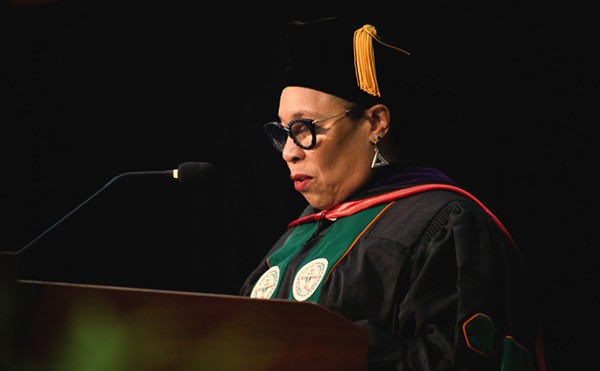Ohio’s public library staff and supporters are standing behind their systems, and hope the two-dozen levies hitting ballots on Nov. 7 garner support from voters, even as some try to censor and control the work they do.
For the 20 counties whose library systems have levies on the ballot in the upcoming general election, the support of the voters means a continued evolution of the programs and facilities, something that started with things like books, magazines and print newspapers, and now includes tablets, 3D printers and outreach centers for employment and public assistance services.
“Books will always be a part of our collection and part of our services,” said Karla Bowman, deputy director of the Euclid Public Library in Cuyahoga County. “But we have also seen people use our building as more of a community center.”
Euclid has two levies on the ballot, one that would renew their 5.6-mill operating levy, and a 1.5-mill additional measure, that the library intends to use on permanent improvements.
Bowman said the aging library is in need of repairs to their HVAC systems and the roof to keep the buildings up to snuff as their visitor counts continue to rise.
In 2022, they had an average of 14,086 customers through the doors in Euclid, and in 2023 that average rose to more than 17,500.
“(The permanent improvement levy) will make the building better suited for the future,” Bowman told the Capital Journal.
The system, along with many of Ohio’s libraries have had a targeted focus on learning loss, a focus is still at the forefront, even as the height of the pandemic fades into the rearview mirror.
Euclid is one of the nine library systems part of the “Cuyahoga Reads” program, which includes targeted literacy and reading challenges, available because of grant from the Ohio Department of Education.
Trying to keep up with needs of library-goers means the idea of a rare few residents, or even members of Congress, raising concerns about the content available at libraries isn’t front of mind for many leaders at Ohio public libraries.
“The goal of the public library is to provide access to information to everyone in the community,” said Michelle Francis, executive director of the Ohio Library Council, which represents more than 250 public library system and their staff. “It’s not just one person in the community who gets to decide what everyone else gets to access.”
Francis said breeding controversy over content isn’t a new thing for libraries. Two decades ago, when the internet was becoming a broad part of life, she said there was concern about children’s access. But it was dealt with then, most notably through the Children’s Internet Protection Act of 2000.
With social media connecting many more people than, say, 23 years ago, what’s changed is the ability for residents of other states to bring about concerns that then make their way to public libraries in Ohio. Still, Francis says the library’s responsibility is to provide accessible information to as many communities as possible.
“There are people who may have a concern or question about library materials, but at the end of the day, the public library is the anchor institution in the community,” Francis told the Capital Journal.
That institution has the support of state funding through a public library fund, but that funding amounts to about half of what a typical Ohio library needs to keep the place running. That’s where property taxes come into play.
“For the libraries that are doing renewals, they rely on those funds to provide services at a local level,” Francis said.
Not every library has the ability to provide wraparound services like homework help centers or certain after-school programs, but in their own unique ways, library are able to support their specific communities in ever-expanding ways, according to Francis.
“Libraries have really become a place that will meet you where you are,” she said.
This includes library IT staff acting as “digital navigators” to help Ohioans learn how to use new devices and even bring things like mobile maker spaces, meetings rooms for tele-health sessions and equipment rental programs where they’re needed.
“We have some libraries with a library of things, with stuff like orange cones, so parents can teach their kids how to drive without having to go to a store and buy them,” Francis said. “We’ve seen how our patrons, their patterns have changed and we’ve had this evolution of services.”
To see if a local library has a levy in your area, check your sample ballot at the Ohio Secretary of State’s website or your local board of elections website.
Originally published by the Ohio Capital Journal. Republished here with permission.










